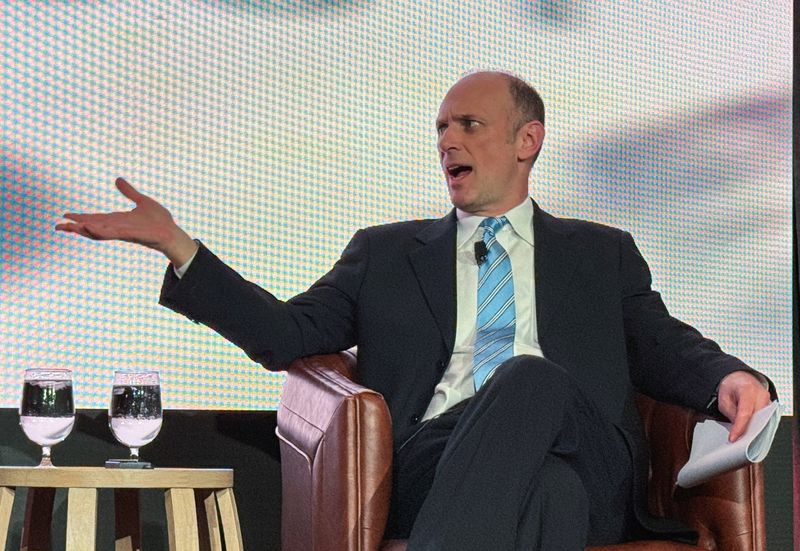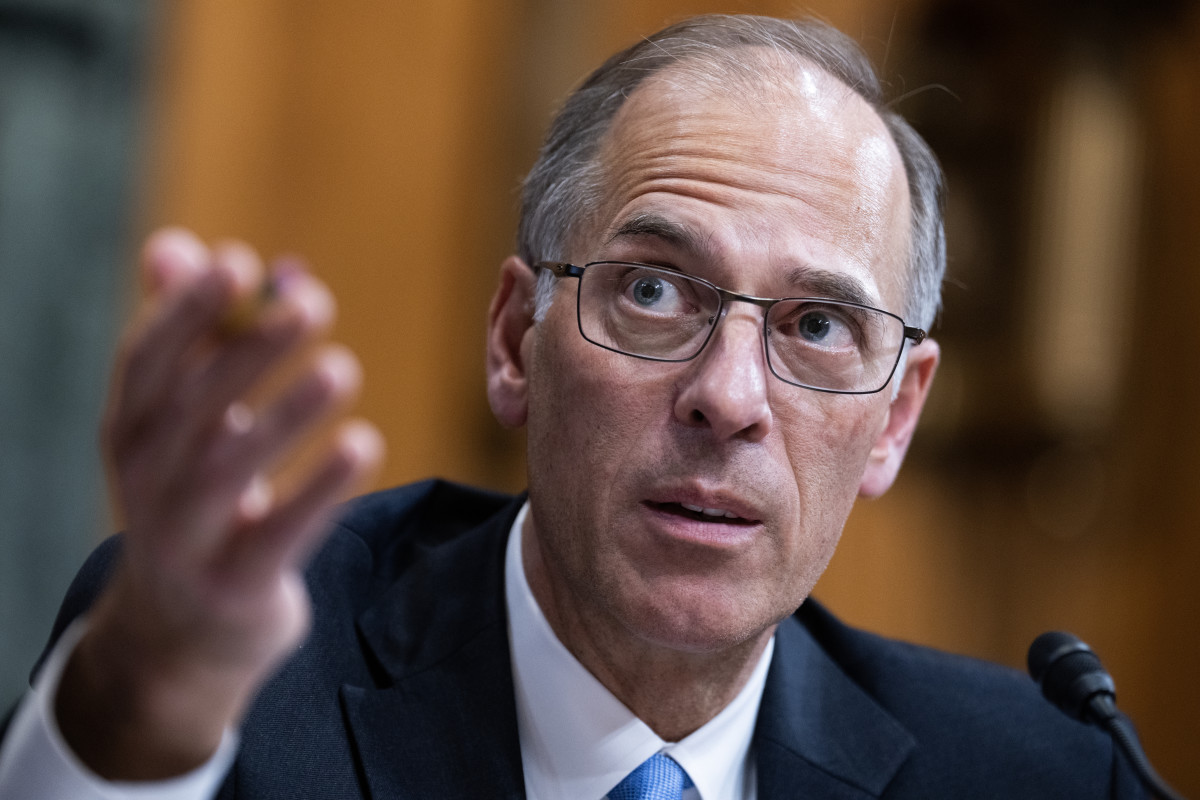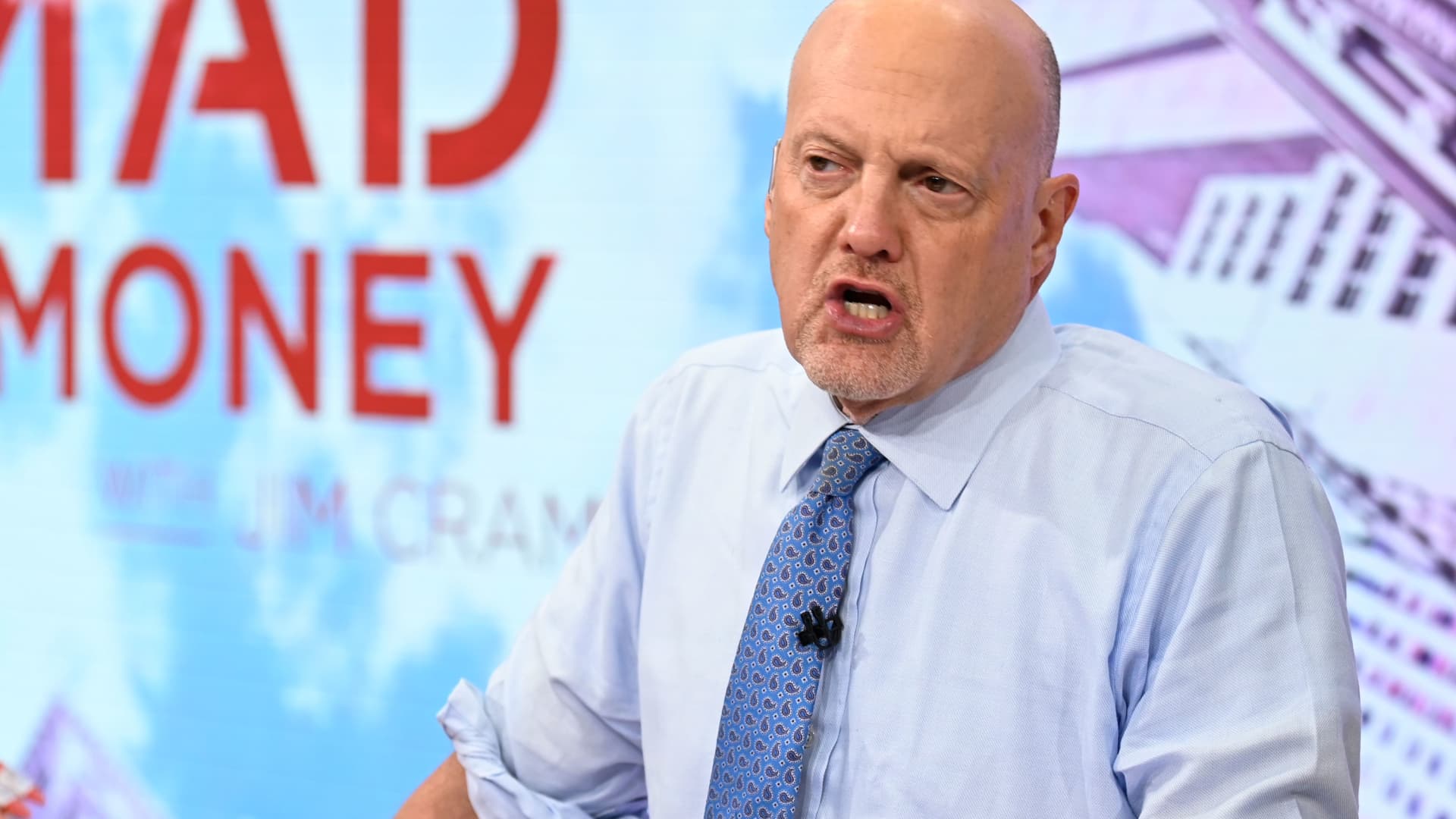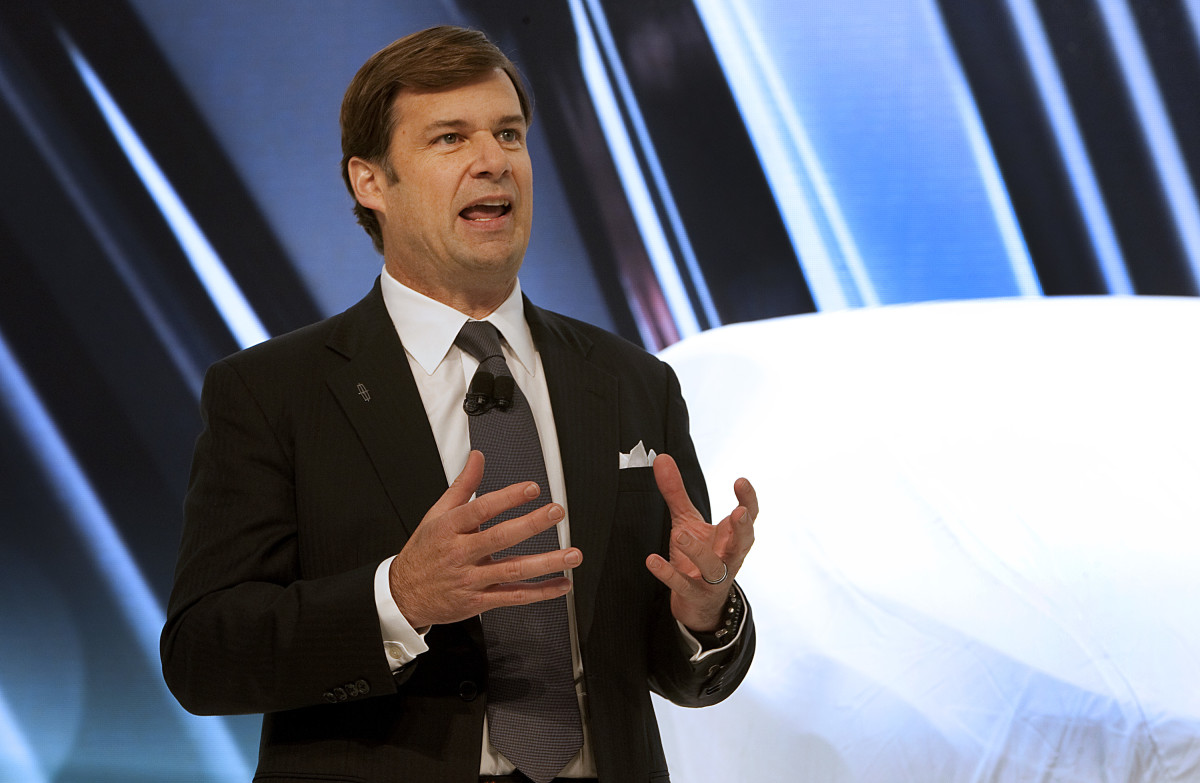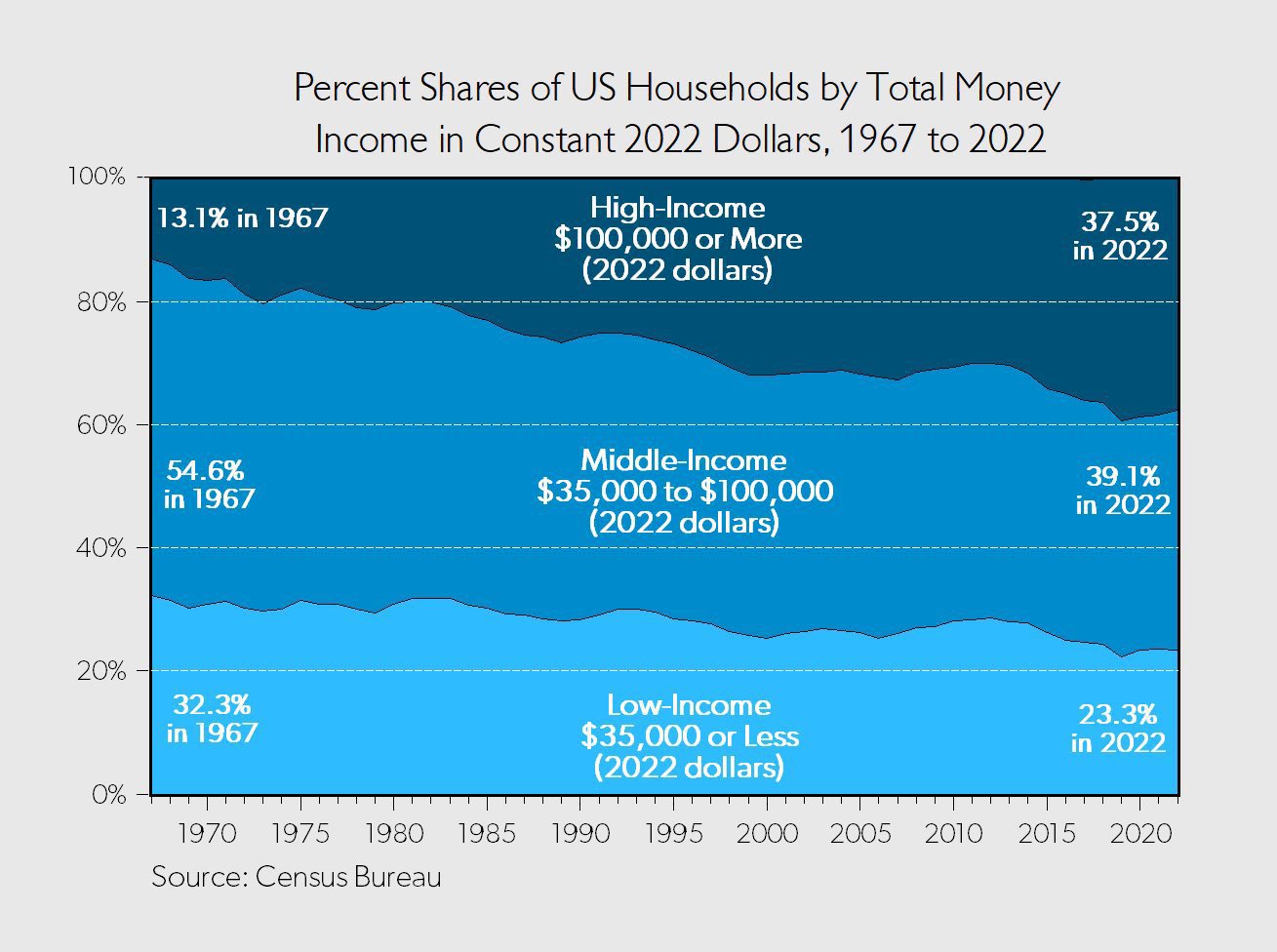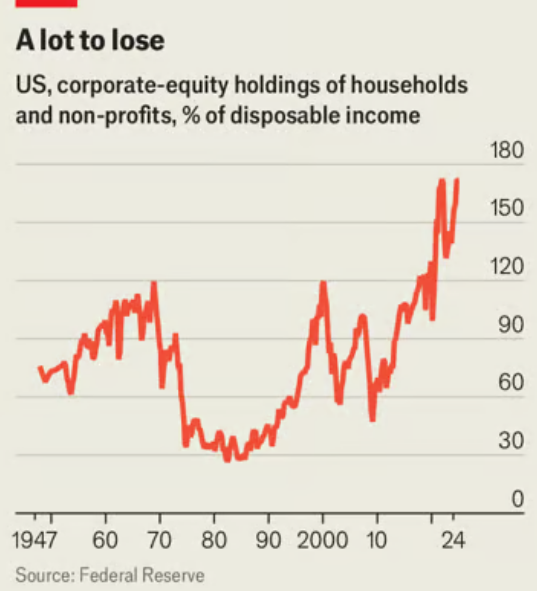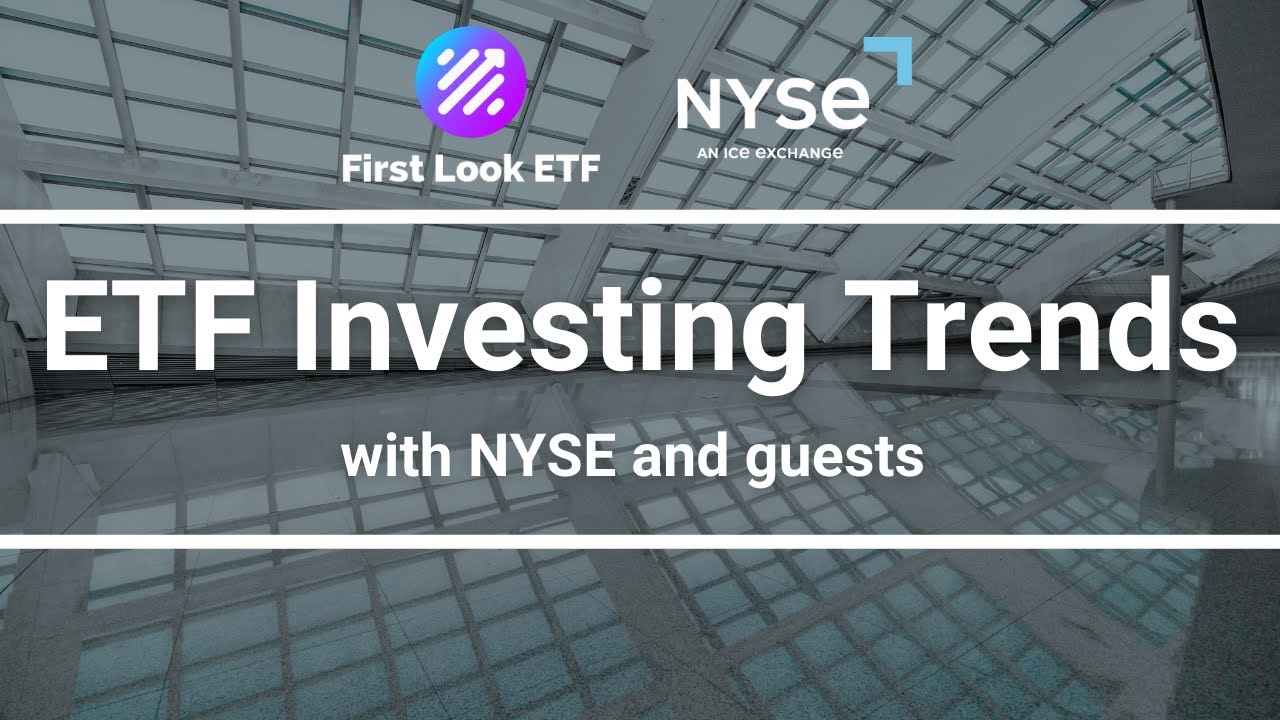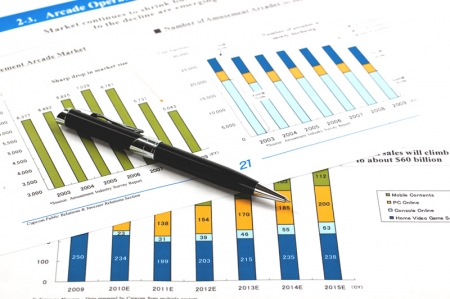Flat-Fee vs AUM: Which Type of Financial Advisor Should Retirees Work With?
If recent volatility has you shopping around for a financial advisor for a bit of help navigating the current storm (the Nasdaq 100 is flirting with year-to-date lows once again after Friday’s market fumble), it’s worth putting in the homework before bringing any financial planning pro aboard. Indeed, there are a handful of factors to […] The post Flat-Fee vs AUM: Which Type of Financial Advisor Should Retirees Work With? appeared first on 24/7 Wall St..

If recent volatility has you shopping around for a financial advisor for a bit of help navigating the current storm (the Nasdaq 100 is flirting with year-to-date lows once again after Friday’s market fumble), it’s worth putting in the homework before bringing any financial planning pro aboard. Indeed, there are a handful of factors to consider before bringing aboard some outside help. Notably, experience, background, chemistry, and communication style are all worth taking into consideration. The big factor for many has to be the fee structure.
Undoubtedly, if you’re hiring a fiduciary — a financial advisor who has your best interests in mind — you should be ready to fit an annual sum in the budget. Many retirement planners who act as fiduciaries either get paid a flat fee or take a percentage of assets under management (AUM).
Indeed, the value of an advisor doesn’t stop at managing wealth, though. They can help with aspects that go above and beyond picking stocks, funds, bonds, and all the sort. In any case, retirees should crunch the numbers before they agree on a fee structure.
Key Points
-
Flat-fee advisors make more sense for more cautious retirees with a huge nest egg. Smaller nest eggs oriented towards growth may find the AUM-based model works for them.
-
There’s a time and place for both fee structures. But I find the flat fee is a better choice for most retirees.
-
Are you ahead, or behind on retirement? SmartAsset’s free tool can match you with a financial advisor in minutes to help you answer that today. Each advisor has been carefully vetted, and must act in your best interests. Don’t waste another minute; get started by clicking here here.(Sponsor)
The case for going with a flat-free structure.
A flat-fee model is pretty straightforward: you pay them an agreed-upon cash amount for their services. As always, you should understand which specific services your retirement planner excels in. Are they taxation pros? Budgeting specialists? Are they seasoned investors with a track record of beating the market consistently?
For retirees with massive nest eggs (in the high millions) and more of an aggressive growth-oriented tilt, I’d go for a flat-fee advisor. You’ll have a greater degree of certainty as to how much they’ll cost you in any given year. And if your portfolio continues to swell in size, you’ll still be paying the same amount. Indeed, if you’re thinking about sticking with the advisor for the long haul (think a decade and beyond), a flat fee, I believe, stands out as the best option.
The case for going with an AUM-based advisor
For retirees with a smaller nest egg (think those in the lean FIRE boat), an AUM-based model may offer better value. However, for those with sizeable nest eggs, it can still make sense to go the AUM route if you’re looking to bring on an advisor with a track record of achieving solid investment gains.
Of course, it’s hard to beat the market, but if you’re looking to incentivize an advisor to grow your wealth, an AUM-based model ensures they have both of your priorities at the top of mind. Indeed, if an advisor’s going to be paid a flat fee, growing your portfolio may not be at the top of mind. In fact, they may be more conservative than you’d like when it comes to asset allocation.
After all, if there’s no further upside, it may be best to steer clear of risks at the cost of growth to keep you from having to call them in a panic over why your portfolio is down 10%, 15%, or even 20% in short order. A fiduciary would still have their client’s best interest in mind. But they may lean more conservatively. For those who want growth rather than safety to be a priority, an AUM-based approach can make more sense. Such a model ensures that they win if you win.
The bottom line
There’s no right or wrong answer here. Depending on your needs, priorities, and how the math checks out, you could lean one way or the other. Personally, I’d lean towards a flat-fee advisor, especially if you’re a more cautious retiree with ample bond exposure.
You don’t need a stock picker incentivized to grow AUM to put you in a bond-heavy mutual fund for the long term. Furthermore, I like the added transparency of the flat-fee model. Not to mention it disincentivizes excess risk-taking, given they’ll get paid the same whether they go for growth or err on the side of caution.
The post Flat-Fee vs AUM: Which Type of Financial Advisor Should Retirees Work With? appeared first on 24/7 Wall St..




